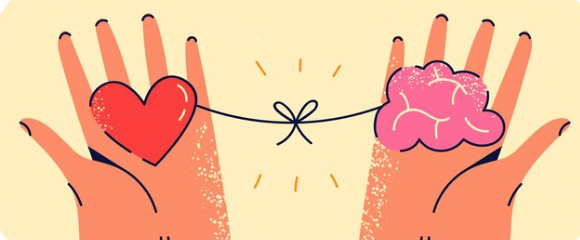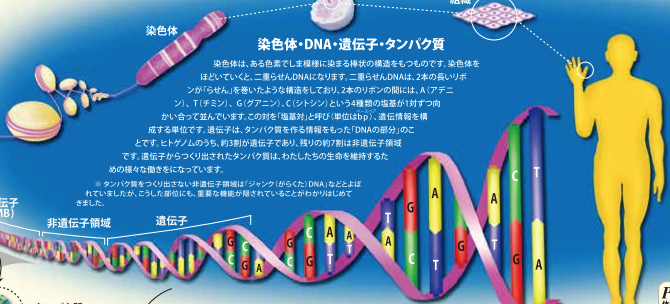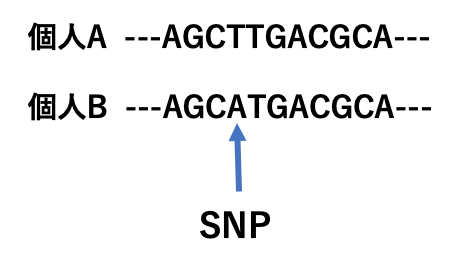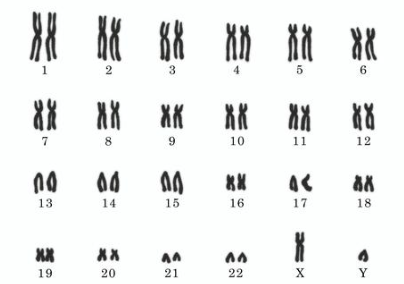
What is the Heart-Brain Connection?
When experiencing bouts of depression or anxiety, it seems natural to expect illnesses or disorders in our stomach or other organs as well. In an article on this HP, we reported that health science has begun to shed light on the mechanisms behind how “Illness Starts in the Mind” (April 10th, 2023). The article explains that mental depression based on a deterioration of the autonomic-nerve system even causes a decrease of immune system activity. This implies that independent organs collaborate with each other in our body. In further exploration of this connection, a new study has shown similar sympathy between the heart and brain. Read on for a brief outline of this study by B. Zhao et al. (Heart-brain Connection; phenotypical and genetic insight from genetic resonance, Science (2023) 380, p234).
Just as X-rays show the internal state and shape of organs, now NMR (nuclear magnetic resonance) is another technology for the same purpose. Magnetic fields detect hydrogen atoms in the water molecules within our organs which irradiate electromagnetic waves. By capturing these waves, a precise cross section detailing the forms within our organs at the atomic level can be visualized, a technology called MRI (Magnetic Resonance Imaging). MRI is used to check our general health condition.


Fig. MRI can visualize the detailed structure of heat and brain.
Based on the visualized density of neuronal cells in the cerebral cortex, sizes of the cerebrum and other points of reference, MRI’s are also used to find brain cancer, as well as several other brain ailments including depression, brain infarction, and schizophrenia. In the UK, an extensive MRI database of precise organ structures from a large sample of the population is available. Using this database, correlation between the brain structures and mental illness is being studied. For the heart, a similar database is available. Using such data, correlations between the shape of ventricle and atrium, the thickness of heart muscles and artery, and myocardial infarction and atrial fibrillation can be analyzed.
B. Zhao and his collaborators successfully linked heart and brain MRI data by examining the genetic features of more than 40,000 people in the UK data base. They have also paid attention to SNP (single nucleotide polymorphisms in our genome). Our genome (whole DNA) is made of 3 billion nucleotides (molecular elements of DNA structure). The nucleotide sequence is the genetic information inherited from our parents, but no 2 sequences are the identical even among siblings, ensuring diversity within the bloodline. Among the 3 billion nucleotides in the whole genome, about 10 million differences exist. The differences are shown as A, G, C, or T (abbreviations of the four nucleotides). Each difference is called an “SNP”, leading to individual traits created during formation of the sperm and ovum.
B. Zhao et al. compared SNPs of people who share similar characteristic shapes of heart or brain as detected by MRI. Some of the small genome regions (DNA sequences) containing the same SNPs (SNP regions) are shared by people with similar shaped hearts or brains. The research team mapped the SNP regions of the whole genome for both heart and brain. Then they compared both maps of heart and brain to find SNP regions of heart and brain that overlap. Those SNP regions possibly play a specific physiological function, although such determinations are not yet clear.
The authors have predicted that those who share certain overlapped SNP regions, possibly share similar heart and brain conditions. In particular, they have focused on 80 independent parts of the heart, like heart artery and thickness of atrium. The shapes of these parts are linked to shared specific SNP regions. Each SNP region is linked to a specific part of the brain as well, for example, the shape of the frontal lobe. Actually, they showed that in human bodies with thick heart arteries, the pumping activity of the heart is relatively weak, which may lead to brain infarction or other problems. This adds scientific evidence to the common suggestion that a healthier heart leads to a healthier brain.

Fig. Information stored in our genome structure defines our body in detail.

Fig. A schematic model of the sequence of nucleotides (shown in blue and red balls) in DNA .

Fig. A schematic picture of SNP (single nucleotide difference in individual A and B).

Fig. Chromosomes in our cells. SNPs are mapped in each chromosomes.
In summary, the study by R. Zhao et al. shows that physiological conditions of the heart and brain are linked. The functional connections between independent organs in general is real. Brain health outcomes can be predicted based on heart conditions and vice versa. As more exact information about the roles of SNP regions emerges, it may become possible to develop drugs to cure specific illnesses related to both the heart and brain. The study by R. Zhao et al. points to a new direction in medical treatment based on big data with cutting edge AI technology.
